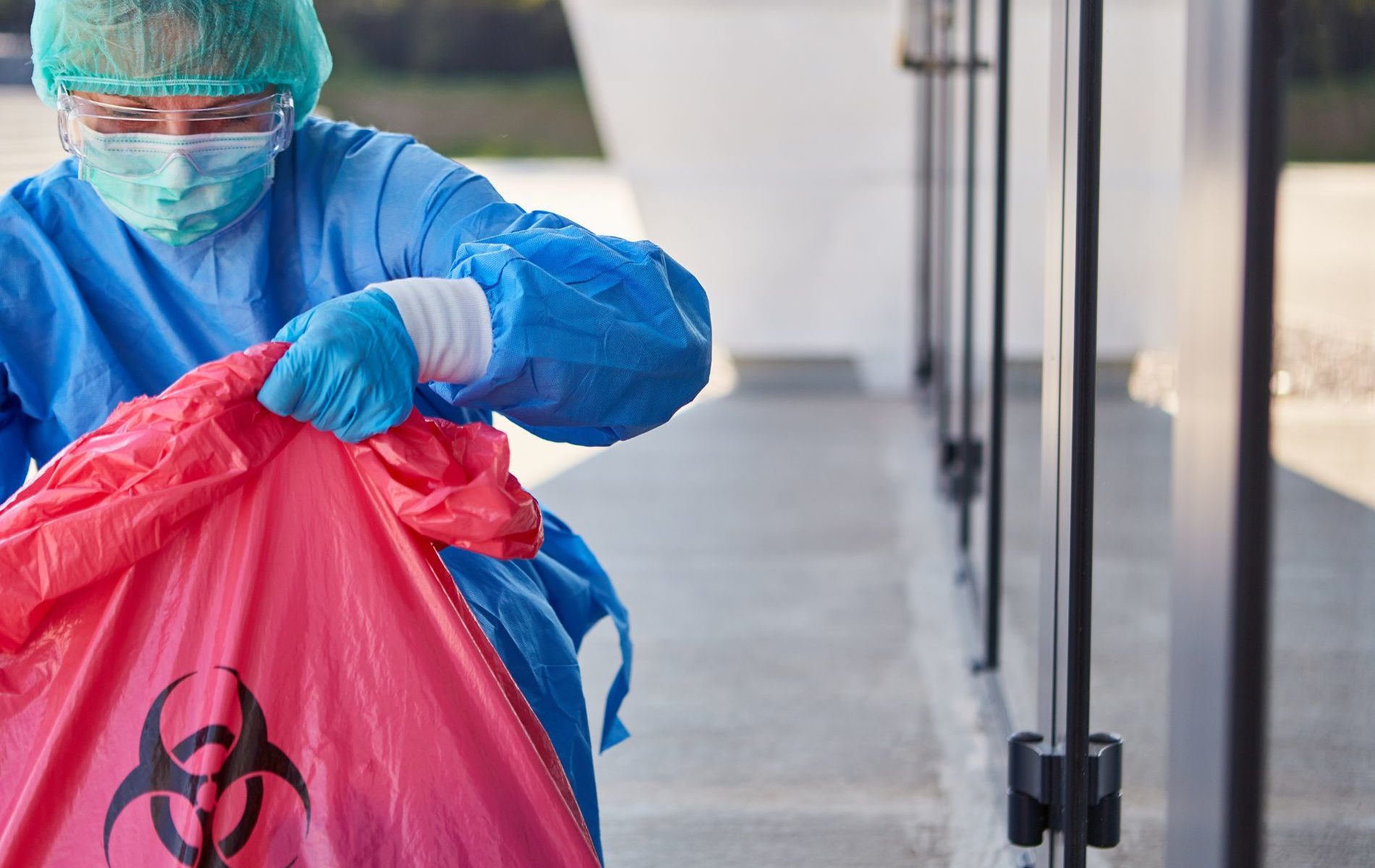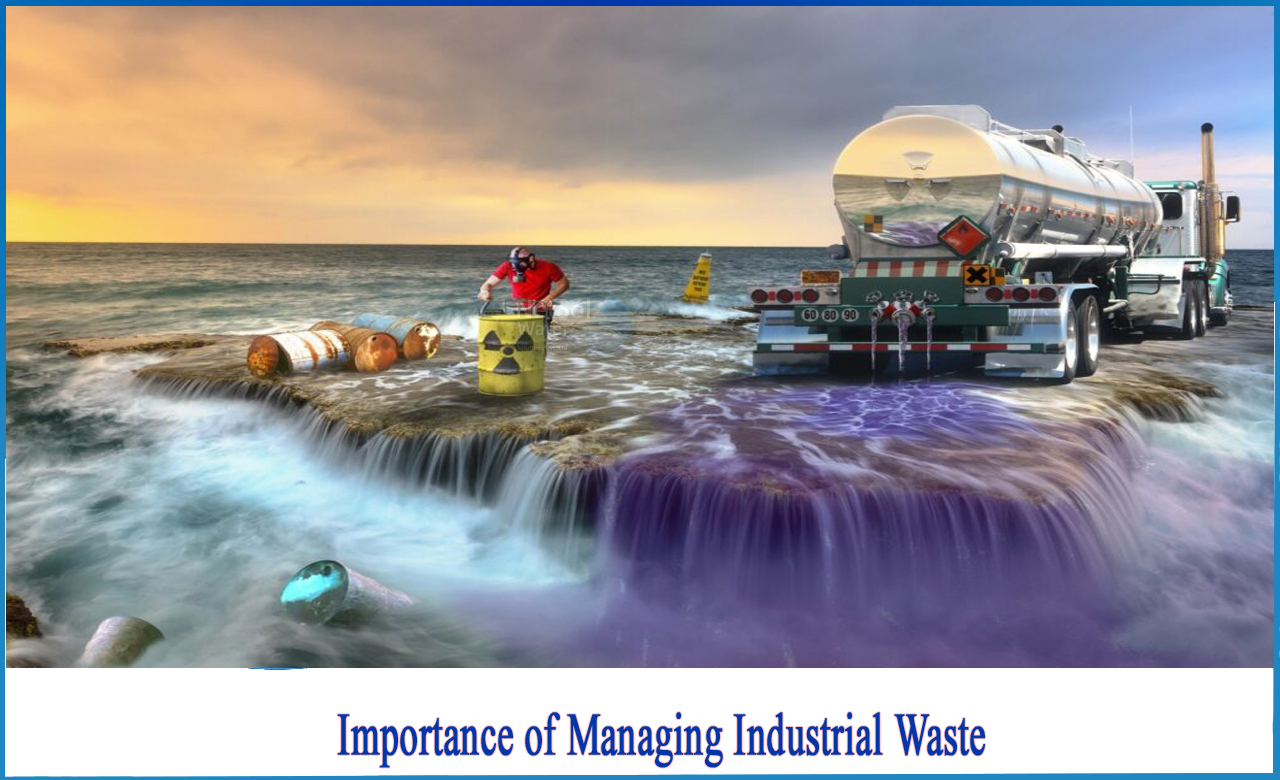An Unbiased View of Reclaim Waste
Table of ContentsThe Ultimate Guide To Reclaim WasteReclaim Waste Fundamentals ExplainedThe Ultimate Guide To Reclaim WasteSome Known Facts About Reclaim Waste.Indicators on Reclaim Waste You Need To Know
Explore the kinds, incidents, and kinds of liquid waste. Residential sewer waste describes the waste and products from a property sewage-disposal tank. This sort of waste is created by humans in homes, schools, and other buildings. This only includes sewage-disposal tanks that have a drainpipe area. The proper administration and disposal of domestic sewage waste need fluid waste to be moved to a sewage therapy plant where the appropriate approaches and devices are applied to purify and deal with waste.
Industrial waste commonly includes possible threats, such as combustible products or a mixture of liquid and strong waste products, and needs an advanced and thorough disposal process. The disposal of business waste normally entails the purification of waste prior to transport to guarantee risk-free and proper disposal. Hazardous waste is developed from by-products and runoff of industrial procedures and production.
This type of waste can not utilize the same sewage administration transport or processes as septic or commercial fluids. The hazardous waste administration procedure calls for the evaluation and testing of fluid waste prior to it goes through the disposal procedure (liquid waste removal). Drainage waste is the fluid waste that originates from runoff and excess stormwater in highly populated areas or cities
Runoff waste can create contamination and flooding if not managed effectively. Making certain appropriate waste management can prevent calamities and minimize environmental injury.
Excitement About Reclaim Waste
Contact PROS Providers today to learn more about our waste administration and disposal services and the correct methods to look after the liquid waste you generate.
This so-called 'wastewater' is not only a vital source but, after therapy, will be launched to our land, waterways or the ocean. Made use of water from bathrooms, showers, bathrooms, kitchen area sinks, washings and industrial procedures is known as wastewater.

water utilized to cool down machinery or tidy plant and equipment). Stormwater, a type of wastewater, is runoff that streams from farming and metropolitan locations such as roof coverings, parks, yards, roadways, courses and rain gutters right into stormwater drains pipes, after rain. Stormwater streams neglected straight to neighborhood creeks or rivers, eventually reaching the sea.
The Ultimate Guide To Reclaim Waste
In Queensland, many wastewater is dealt with at sewer therapy plants. Wastewater is transported from domestic or commercial websites via a system of sewage systems and pump stations, known as sewerage reticulation, to a sewer therapy plant. City governments construct, keep and run most sewer treatment plants. Operators are accredited under the Environmental Management Act 1994 to release cured wastewater at an appropriate environmental requirement into waterways.
The Department of Natural Resources recommends local governments about handling, operating and keeping sewerage systems and treatment plants. In unsewered locations, regional governments might call for householders to mount private or home sewage therapy systems to treat domestic wastewater from commodes, have a peek here kitchen areas, shower rooms and laundries. The Division of Natural Resources authorises making use of household systems when they are confirmed to be reliable.
In some new subdivisions, therapy of some stormwater to get rid of trash, sand and crushed rock has started utilizing gross toxin traps. Wastewater therapy occurs in four phases: Removes solid issue.
Makes use of small living microorganisms understands as micro-organisms to break down and get rid of staying dissolved wastes and great particles. Micro-organisms and wastes are integrated in the sludge.
Examine This Report on Reclaim Waste
Nutrient elimination is not readily available at all sewer therapy plants due to the fact that it requires expensive specialised equipment. It is ending up being a lot more typical in Queensland. Clear fluid effluent generated after therapy may still include disease-causing micro-organisms. If this effluent is released into rivers such as rivers or the sea, the micro-organisms will at some point pass away out.

This normally implies wastewater needs to be dealt with or pollutants eliminated before it can be released to waterways. Most wastewater flows right into the sewerage system. Under the Act, local federal governments carry out authorizations and permits for eco relevant tasks (Ages) involving wastewater launches that might have a neighborhood effect. The department carries out approvals and permits to Ages entailing wastewater releases that could have a local or statewide influence.
Reclaim Waste - An Overview
Otherwise, examples are considered laboratory analysis. Often lots of examinations are needed to establish the levels of each of the various toxins such as oils, heavy metals and chemicals in water. Monitoring provides factual information regarding water high quality and can validate that permit problems are being satisfied. The details gotten through monitoring supplies the basis for making water high quality choices.
Comments on “Examine This Report on Reclaim Waste”